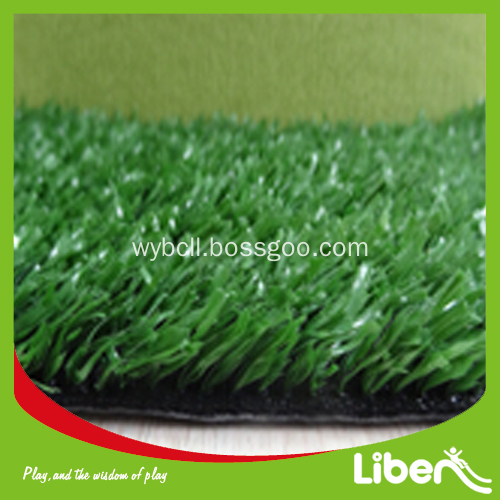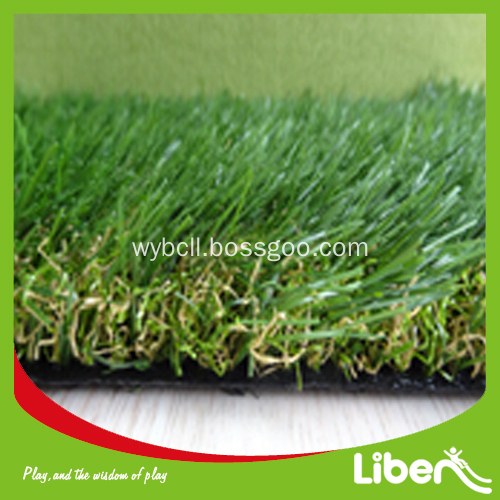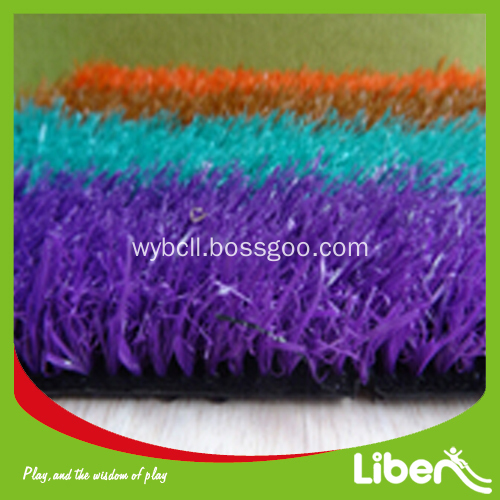Anti-corrosion packaging technology (4)
Anti-corrosion packaging technology (4)
3, gas phase anti-rust packaging technology
(1) Method of using vapor phase corrosion inhibitor
At present, there are mainly the following methods for the use of vapor phase corrosion inhibitors:
a. Powder method. The method comprises: dispersing the gas phase rust inhibitor powder directly on the surface of the metal to seal the package, and filling the gas phase rust inhibitor powder into a paper bag or a cloth bag having gas permeability; pressing the powder into a tablet and placing the powder in the packaging container Around the inner metal product, etc. The corrosion inhibitor should not exceed the effective radius of the metal product (generally not more than 30cm). The amount is mainly determined according to the type and nature of the corrosion inhibitor (such as the vapor pressure) and the packaging conditions and the length of the storage period.
In order to make the corrosion inhibitor work quickly to prevent corrosion of the metal product, when the corrosion inhibitor with a lower vapor pressure is used alone, the metal product should be kept at 40 to 60 ° C for several hours, or Several corrosion inhibitors of different vapor pressures are used in combination.
b. Gas phase anti-rust paper method. In this method, a gas phase rust inhibitor is dissolved in water or an organic solvent, and then dip-coated on paper to be dried, and then a "gas phase rust-proof wrapping paper" is obtained. Packaging metal products with such vapor-phase rust-proof wrapping paper can be sealed for a long period of time. However, the base paper used for the manufacture of gas phase rust-proof wrapping paper should be neutral, and the content of Cl- or SO42- should not exceed 0.05% (calculated as NaCl or Na2SO4).
The coating amount of the vapor phase inhibitor on the paper is generally 5 to 30 g/m2. In the manufacture of rustproof paper, a binder (such as bone glue), a diffusing agent (such as sodium hexametaphosphate), and an antifungal agent can be generally added.
When coating a gas phase rustproof paper, the corrosion inhibitor is generally applied to the reverse side of the thick paper, and the front side is coated with paraffin wax. When used, the inner side of the corrosion inhibitor is coated, and the metal product is packaged, and the outer layer is sealed with packaging materials (such as paraffin paper, plastic bag, metal foil or composite packaging material). If the packaging space is large, and the partial distance between the vapor phase anti-rust paper and the metal product exceeds 30 cm, an appropriate amount of anti-rust paper or powder must be added to the package.
The anti-rust period of gas phase anti-rust paper has a certain relationship with the thick paper used. In common thick paper, the storage period of asphalt and paraffin paper is larger than that of ordinary kraft paper.
c. Solution method. In this method, the vapor phase corrosion inhibitor is dissolved in water or an organic solvent to form a certain concentration solution, and the solution is sprayed on the surface of the metal product, and then sealed with a wax paper or a plastic bag, or soaked in the package with a solution. The liner and shock absorbing material are resealed.
d. The vapor phase film method is a method in which a binder containing a gas phase rust inhibitor is applied to a film of a synthetic resin such as polypropylene, and the vapor phase film is used to seal the metal material to prevent rust for a long period of time, and can be stripped at any time when necessary. Does not affect the processing performance. The film can also be packaged in a sealed package of metal products. Since the resin film has a high transparency during storage, the metal surface can be directly observed by the naked eye.
The vapor phase film method has the dual functions of insulating corrosion resistance and gas phase rust prevention, and has excellent weather resistance, moisture resistance, salt water resistance, rust resistance, solvent resistance, heat resistance and cold resistance. The adhesive and the resin film have strong bonding strength, so that the metal surface does not leave a binder at the time of peeling, and also has good aging resistance. The film used was polypropylene, polyvinyl chloride or polyethylene.
(2) Relationship between anti-rust period of vapor phase corrosion inhibitor and packaging materials
Sealed packaging using a vapor phase corrosion inhibitor has a direct relationship with the packaging material, as shown in Table 6-2.
Table 6-2 Relationship between corrosion protection period of vapor phase anti-corrosion packaging and packaging materials (System p431)
Packaging status
Anti-rust period (month)
Base paper of immersion vapor corrosion inhibitor
Outer packaging material
Storage in the library (wind speed 1.6km/h)
Outside the warehouse
Kraft paper
no
10~14
-
Dipped wax kraft paper
no
24~48
12~18
Asphalt paper
no
24~60
12~30
cardboard
no
12~18
8~12
Wax board
no
24~60
15~24
30 pounds of kraft paper
Kraft paper
15~24
3~15
30 pounds of kraft paper
cardboard
15~30
9 to 21
30 pounds of kraft paper
Dipped wax kraft paper
75 to 120 or more
24-54
30 pounds of kraft paper
Asphalt paper
75 to 120 or more
36~60
30 pounds of kraft paper
Wax board
75 to 120 or more
24-54
30 pounds of kraft paper
Films such as polyethylene film
60 to 120 or more
-
Metal platinum or aluminum plastic film
90 to 120 or more
90 to 120 or more
(3) Precautions for gas phase rustproof packaging
a. When using a gas phase rust inhibitor, it is necessary to first grasp the characteristics of the corrosion inhibitor and its suitability for metal. If you do not understand, you should first carry out anti-rust test, so as not to achieve satisfactory results, and even may cause metal products to be rusted.
b. The relative humidity in the package should not be too high, generally should not exceed 85%, long-term contact with moisture, the anti-rust film may be dissolved and failed. If the humidity inside the package is not easily lowered due to high environmental humidity, etc., a desiccant (such as silica gel) may be added to the packaging container.
c. In the use or preservation of vapor phase corrosion inhibitors, the effects of light and heat should be prevented. Because light and heat will cause decomposition failure of the corrosion inhibitor. Generally, it should not be made higher than 60 ° C, or directly exposed to sunlight.
d. To prevent the acid and alkali from coming into contact with the gas phase corrosion inhibitor, a small amount of acid and alkali may also cause decomposition of the corrosion inhibitor, and the pH of the use conditions should be controlled.
e. The vapor phase corrosion inhibitor has no substitution effect on the sweat, and at the same time, the original rust on the metal product cannot be removed, so the metal product must be cleaned before being subjected to the gas phase rustproof packaging. Care should be taken when packaging operations, workers should wear gloves and masks.
Third, the post-processing technology of metal products
The post-packaging treatment of metal products mainly refers to the special anti-rust treatment of metals and their products, in order to further strengthen the anti-rust effect, protect the products, and some special specialties used in the inner packaging and outer packaging process of metal products. Materials and techniques. The rust-proof material is used for encapsulation, and the metal products which have been rust-proofed are mainly wrapped with wax paper, rust-proof paper, plastic film, plastic bag, etc., if necessary, a desiccant may be added and sealed. For metal products that are easily damaged, they can also be buffer-packed with a certain performance of shock-proof materials between the inner and outer packaging.
In addition to the above anti-rust packaging technology, vacuum packaging, air-filled packaging, shrink packaging and other packaging techniques can also be used to prevent corrosion of metal products in the inner packaging.
| Model | LE.CP.024 |
| Feature | Fire resistance, wear resistance, weather resistance |
| Application | landscape, roofgarden, residence, villa |
| Fiber Material | PE |
| Dtex | 8000 |
| Stitches/10cm | 17/10cm+(-)3% |
| Backing | PP+non-woven |
| Pile height | 22mm+(-)1mm |
| Gauge | 3/16" |
| Color | 1-tone |
| Roll width | 2-4m |
| Roll length | 25mm |
| Packing | PE fabrics |
| Stitches/SQM | 21000+(-)3% |
| Wrranty | 6-7years |
| MOQ |
1000m2 |




Artificial Turf Grass, Artificial Turf for Homes, Synthetic Artificial Turf, Fake Grass Mats
Liben Group Corporation , https://www.trampolinearea.com